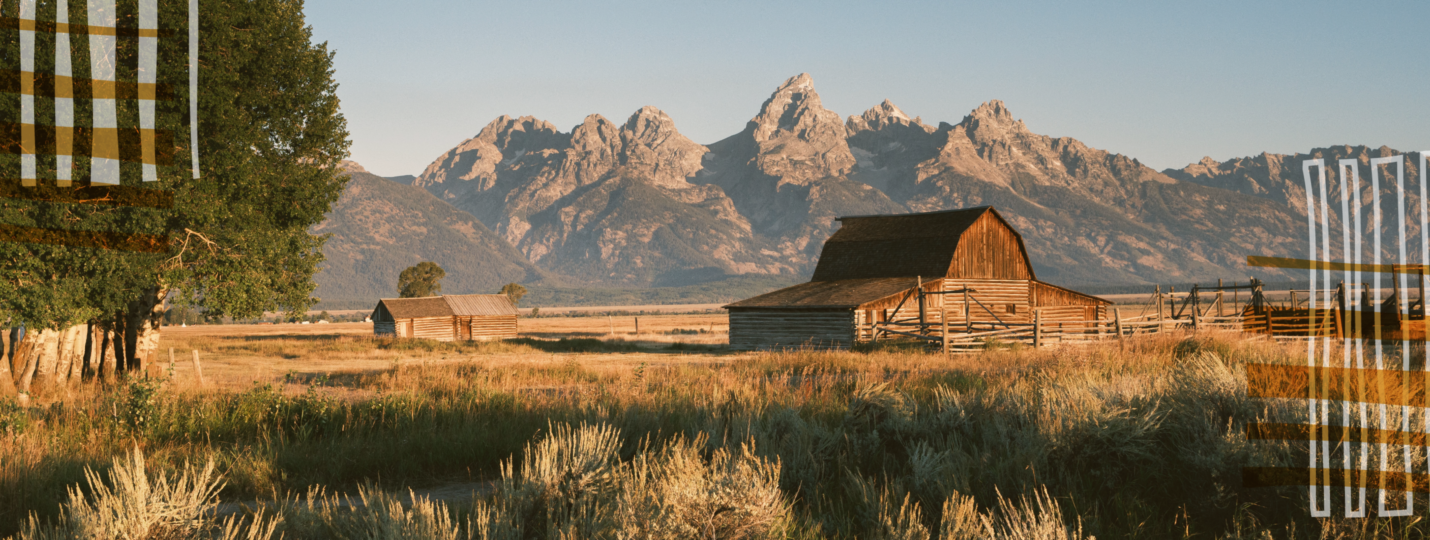
Most Conservative States in the US in 2024
Are you intrigued by the interplay of ideology and geography? Or perhaps curious about the United States’ distinct socio-political tapestry?
Then this is your invitation to delve deeper.
Unfurl the map of American ideology and prepare for a riveting expedition into the heartland of conservatism—a political philosophy grounded in tradition, limited government, and free markets. This journey will traverse the landscapes of the most conservative states, where these principles aren’t merely theoretical concepts, but blueprints for everyday life. Join us as we navigate the states that staunchly uphold conservatism, painting a vivid tableau of the American Right.
Conservatism in the US
At its core, conservatism is a political philosophy that emphasizes the preservation of traditional institutions and values, while advocating for minimal governmental intervention. American conservatism, however, is a unique, multifaceted entity that represents a complex blend of these tenets. It’s often signified by a strong belief in the American Dream—the ethos of self-reliance, individual liberty, and the pursuit of prosperity. As such, conservative states tend to uphold policies promoting free-market capitalism, local autonomy, and personal freedoms.
Conservatism, with its emphasis on free markets and limited regulation, stands in contrast to liberalism’s focus on social justice, access to healthcare, and economic regulation. Amidst America’s political landscape, citizens usually identify either as Democrats or Republicans, symbolizing liberal or conservative values, respectively.
The most conservative states, often rural or suburban, showcase a lifestyle that embodies their conservative values. Community norms underscore family values and religious faith, while policies foster an economic climate that favors business growth and personal enterprise. The embodiment of conservatism in these states is visible in the steadfast commitment to constitutional rights, such as the Second Amendment.
These conservative states, prominently led by Wyoming, echo conservative ideologies. With nearly 67% of its population leaning Republican and a history of supporting GOP presidential candidates since the 1950s—save for 1964—Wyoming reflects this conservative ethos.
20 Most Conservative States in the US
The table below showcases the 20 most conservative states in the US.
Rank | State | CPVI | 2016 Trump Vote | 2020 Trump Vote |
20 | New Mexico | D+3 | 40% | 43.5% |
19 | New York | D+10 | 36.5% | 37.8% |
18 | North Carolina | R+3 | 49.8% | 49.9% |
17 | North Dakota | R+20 | 63% | 65.1% |
16 | Ohio | R+6 | 51.7% | 53.3% |
15 | Oklahoma | R+20 | 65.3% | 65.4% |
14 | Oregon | D+6 | 39.1% | 40.4% |
13 | Pennsylvania | R+2 | 47.5% | 47.8% |
12 | Rhode Island | D+8 | 38.9% | 38.6% |
11 | South Carolina | R+8 | 54.9% | 55.1% |
10 | South Dakota | R+16 | 61.5% | 61.8% |
9 | Tennessee | R+14 | 60.7% | 60.7% |
8 | Texas | R+5 | 52.2% | 52.1% |
7 | Utah | R+13 | 45.5% | 58.1% |
6 | Vermont | D+16 | 30.3% | 30.7% |
5 | Virginia | D+3 | 44.4% | 44% |
4 | Washington | D+8 | 36.8% | 38.8% |
3 | West Virginia | R+22 | 68.5% | 68.6% |
2 | Wisconsin | R+2 | 47.2% | 48.8% |
1 | Wyoming | R+25 | 68.2% | 69.9% |
Methodology: Cook Partisan Voting Index
The Cook Partisan Voting Index (CPVI) serves as a metric to gauge the political leanings of a U.S. state or congressional district. It offers an insight into whether a specific geographical area tends to favor the Democratic or Republican Party, using national voting trends from the past two presidential elections as a benchmark.
This index undergoes updates after each presidential election cycle and following congressional redistricting. Its foundational methodology hails from the Center for Voting and Democracy’s (currently known as FairVote) Monopoly Politics report in July 1997. Just a month later, the Cook Political Report adapted and introduced their own version of PVI, aiming to better assess each district’s competitiveness using the 1992 and 1996 presidential elections as a reference. The most recent version of the Cook PVI, the 2022 edition, employs a refined formula for determining PVI scores.
Common Characteristics Between the Most Conservative States
🗳️ Predominantly votes Republican in local, state, and federal elections.
⛪ High levels of religious participation, particularly in Christian denominations.
🏦 Favorable climate for businesses with low regulations and taxes.
📚 Emphasis on traditional education values and local control over school curricula.
🔫 Strong support for Second Amendment rights, often correlating with relaxed gun control laws.
💼 Predilection for individualism and self-reliance over government assistance programs.
💰 Lower overall state taxes, especially for income and business.
🏡 Predominantly rural or suburban demographics, with less densely populated urban areas.
🇺🇸 Strong emphasis on constitutional rights and personal freedoms.
🔒 A focus on law and order, with robust policing and criminal justice systems.
👪 Emphasis on family values and traditional societal norms.
🛡️ Support for strong national defense and military.
What Are the Red States?
In the colorful palette of American politics, “red states” signify those that traditionally favor the Republican Party. This term took root during the 2000 presidential election when news outlets began using red and blue to depict Republican and Democratic states respectively on their electoral maps.
Consequently, red states have come to symbolize areas where conservative ideologies—such as lower taxes, limited government intervention, and strong defense—are more prevalent. Typically, these states have a track record of casting their electoral votes for Republican candidates in presidential elections. However, it’s important to note that political affiliations within states can and do shift over time, influenced by changing demographics, economic factors, and social issues.
t Conservative States: The Bottom Line
Navigating the diverse landscape of American political ideologies, it becomes evident that conservatism finds a stronghold in certain states more than others.
Wyoming, with its strong Republican leanings, low taxes, and focus on personal liberties, tops our list, closely followed by states such as West Virginia and North Dakota. Each state encapsulates a distinct blend of factors—from religious participation to views on law and order—that make it a “red” stronghold. However, these political profiles aren’t static; they evolve, influenced by demographic changes, economic conditions, and societal dialogues.
As we continue to witness the unfolding story of American politics, the most conservative states remain key players, significantly shaping the nation’s policies and perspectives.
FAQs
What does it mean to be a conservative state?
A conservative state typically leans towards ideologies promoted by the Republican Party. This political ideology often includes support for lower taxes, limited government intervention, strong defense, and traditional societal values.
Which are the most conservative states in the US?
Wyoming, North Dakota, and West Virginia are among the most conservative states, where Republican voters significantly outnumber their Democratic counterparts.
Does the Republican Party always win in a conservative state?
While the Republican Party often has an advantage in conservative states, outcomes can vary based on the specific election and candidates involved. However, it's common for Republican presidential candidates to receive substantial support in these states.
Does the Republican Party always win in a conservative state?
While the Republican Party often has an advantage in conservative states, outcomes can vary based on the specific election and candidates involved. However, it's common for Republican presidential candidates to receive substantial support in these states.
How do conservative states impact the balance of power in Congress?
In terms of congressional representation, conservative states often contribute to the number of Republican seats, as elected officials typically align with the majority political ideology of their constituents.
Can a conservative state turn liberal?
Yes, a conservative state can shift over time. While conservatives currently outnumber liberals in several states, demographic changes, societal shifts, or significant events can alter the political leanings of a state.
Does the Democratic Party have any influence in conservative states?
Although the Republican Party typically dominates in conservative states, the Democratic Party can still hold influence, particularly in more urban or diverse regions within those states. The political landscape is dynamic, with the balance of power capable of shifting over time.








